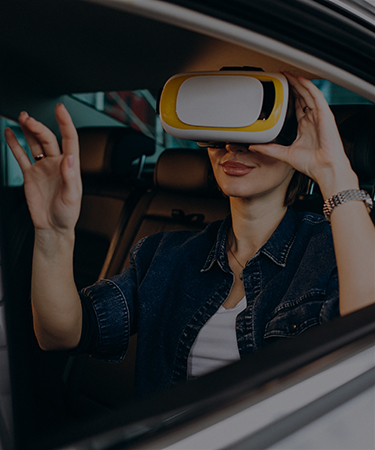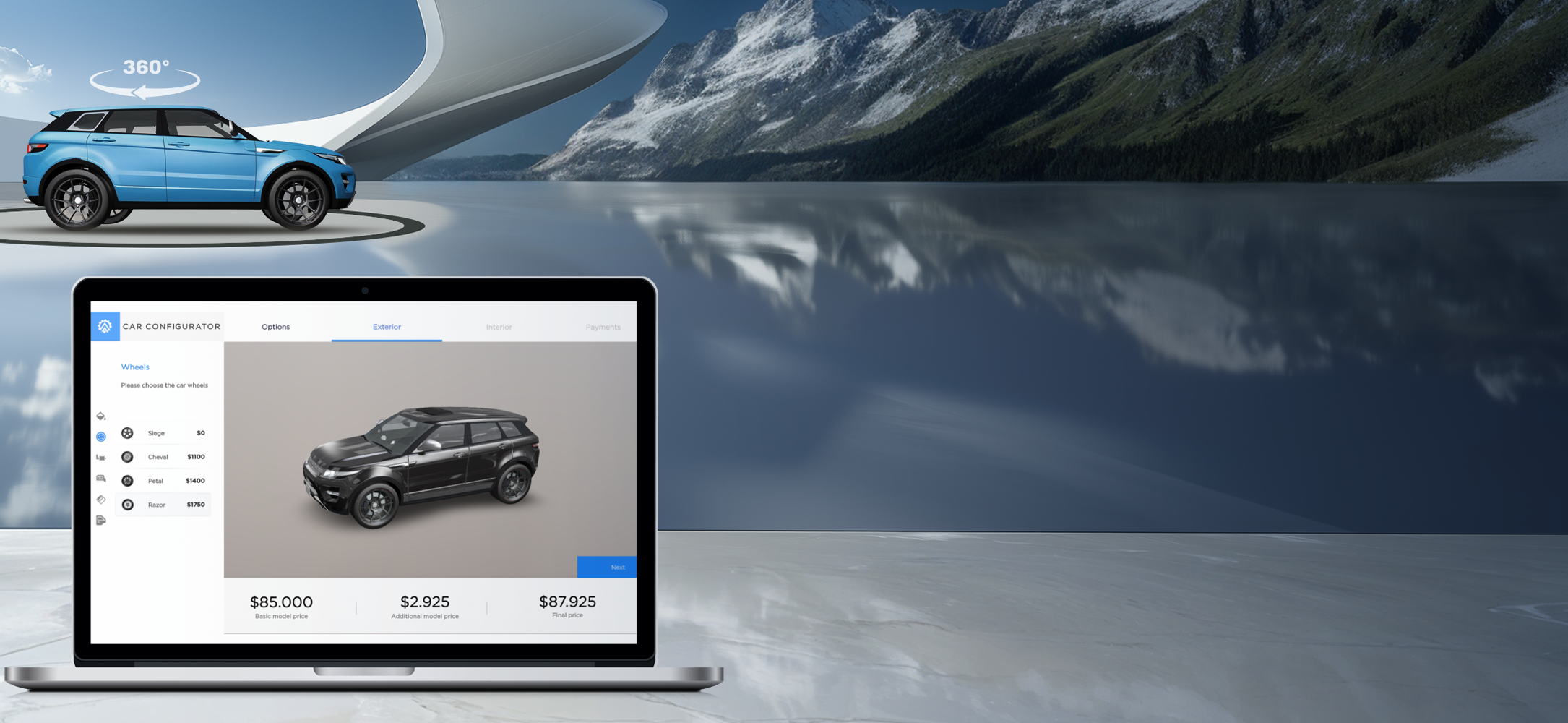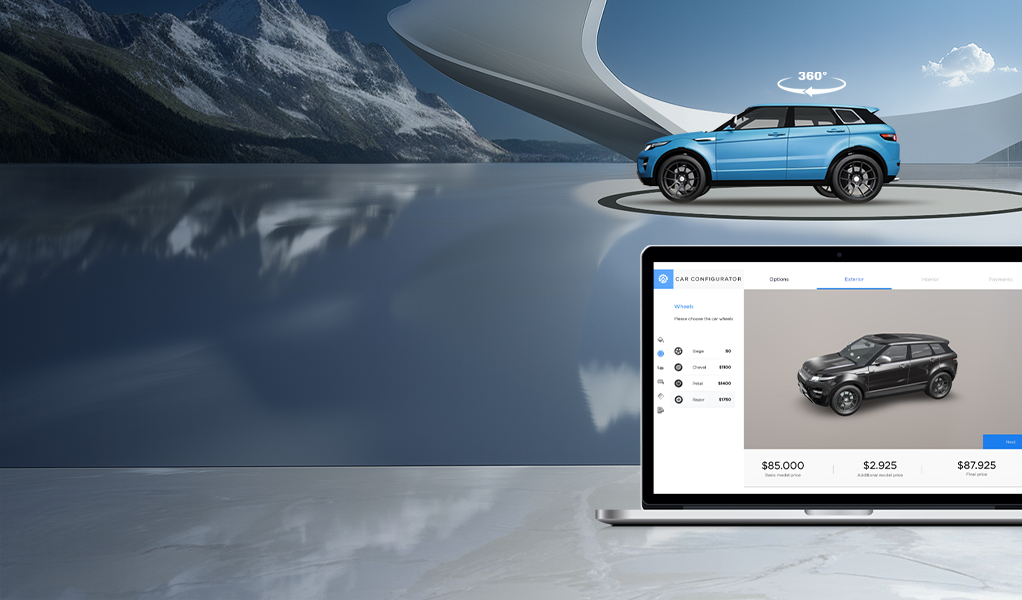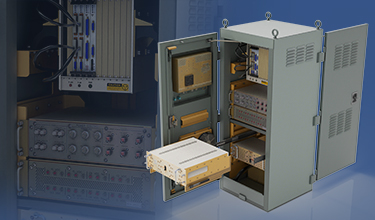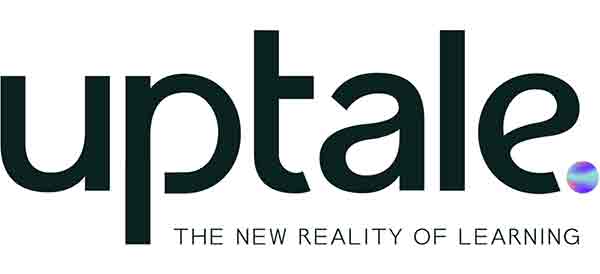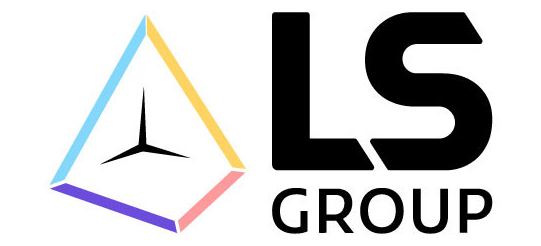The automotive industry is no stranger to technological innovation, with VR being one of the most recent technologies to impact the industry. However, while VR has the potential to breathe new air into various aspects of the automotive industry, there are still some constraints to consider. Feel free to get familiar with some of the limitations and challenges of VR in the automotive sector below.
Cost. The high price of VR hardware and software can be a significant barrier to entry for smaller companies or those with limited budgets. The cost of VR technology can also add to the overall production price of vehicles.
Integration. Integrating VR technology into existing automotive systems and processes can be complex. This may result in delays and additional costs, making it challenging for some companies to adopt VR technology altogether.
Limited accessibility. Despite the increasing popularity of VR, not all potential users may have access to the technology. For instance, not all dealerships or repair shops may have the equipment to use VR solutions for training or marketing.
Technical limitations. You shouldn't be surprised to learn that VR technology is still evolving and improving, and there are still some technical limitations to take into account. These include issues with image quality, motion sickness, and limited field of view.
Safety concerns. Although VR can provide a safe and controlled environment for testing and training, there are still concerns regarding how well VR simulations can replicate real-world scenarios, leading to accuracy and reliability, issues that can impact safety severely.
Despite these constraints, VR technology shows potential in the automotive industry. With ongoing technological advancements and improved accessibility, the automotive industry may soon see widespread VR adoption for various applications. By carefully considering the limitations and challenges of VR, companies can make informed decisions about how to incorporate this technology into their operations and stay competitive in the ever-evolving industry.
Expanding on the constraints of virtual reality technology in the automotive industry, there are a few crucial factors to consider.
First, there is the issue of compatibility. VR technology constantly evolves, and different hardware and software solutions may not always be compatible. This can create challenges for companies looking to adopt VR technology, inasmuch as they may need to invest in specific hardware or software solutions that are compatible with their existing systems.
Second, integrating VR technology into existing workflows and processes can be problematic. Automotive companies may have established procedures and protocols for design, testing, and manufacturing, as well as introducing new technology can disrupt these processes. You should carefully consider how VR technology can fit into your existing workflows and how it can be used to enhance current operations rather than creating additional obstacles or inefficiencies. At any rate, by cooperating with Program-Ace, you are likely to forget about these constraints.
Third, there's also the issue of user experience. VR technology is still relatively new, so many users may need to become more familiar. Companies need to evaluate how they can make VR experiences user-friendly and accessible, particularly for customers who may not have experience with the technology. Further, VR experiences must be designed with safety in mind since poorly designed experiences can lead to motion sickness and other adverse effects.
Finally, we shouldn't forget about data privacy and security. As VR technology becomes more widespread in the automotive industry, concerns about how data collected through VR experiences are stored, used, and shared may arise. The golden rule here is to be transparent about collecting and using data, let alone take steps to protect user privacy and prevent data breaches.
While challenges are associated with implementing VR technology in the automotive industry, the potential benefits are significant. By partnering with such a reliable and experienced company as Program-Ace, you can avoid dealing with any of the above-mentioned limitations, entirely benefiting from adopting virtual reality into your systems. Contact us for more information, and feel free to discuss your project with our specialists!




